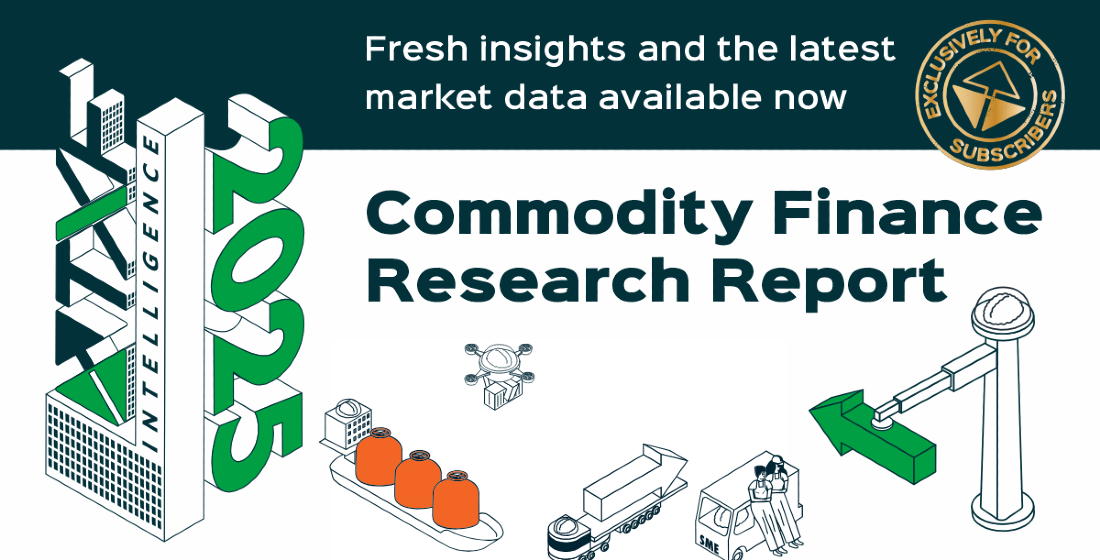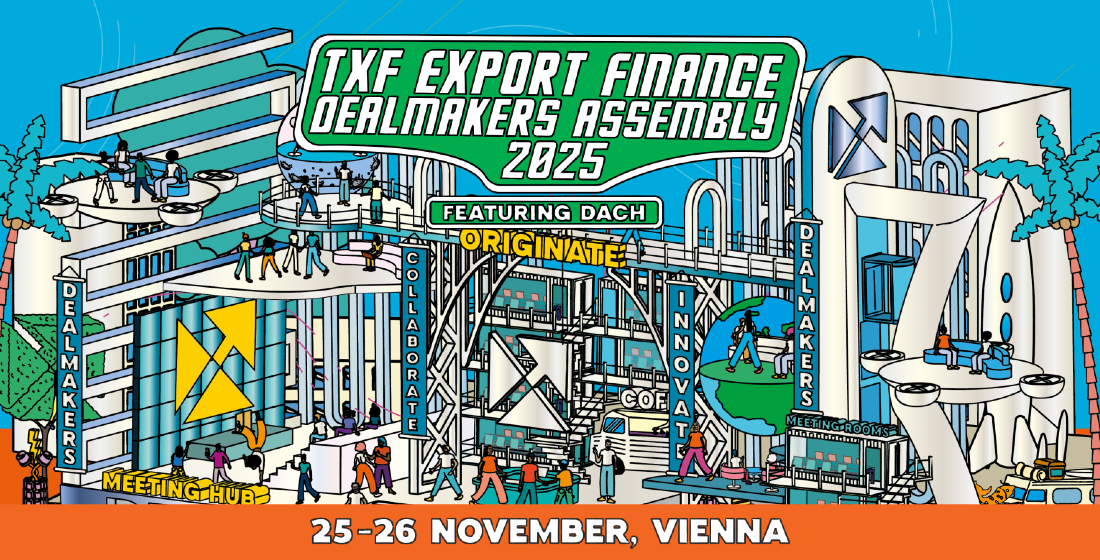Expert briefing: Blurring the lines between developed and emerging markets
Shailesh Kumar, head of country, credit, and economic research at The Hartford, examines the categorisation of emerging and developed markets and whether it is, or should be, changing.

The topic of this article came to mind after years of being asked the question ‘how are emerging markets doing?’ or seeing debates on the issue. In recent times it’s harder and harder to answer because for every Argentina there is a Vietnam. For every Venezuela there is an India. Thus, the category is displaying a tremendous variance in performance and outlook.
The bucketing of countries is set to change
Bankers, investors, risk managers and others who are concerned about political and economic risks around the world have historically divided the globe into two easily distinguishable segments – developed markets (DM) and emerging markets (EM). Historically, DMs exhibited high per capita income (even if nominal GDP was small), lower growth rates, narrow real rates (the difference between interest rates and inflation), sound macroeconomic fundamentals, stable politics, policy clarity, and open capital accounts. Even if they ran trade or fiscal deficits, a combination of open capital accounts, flexible exchange rates, hawkish central banks, and reserve-like currency status allowed private sector investors to support the government’s balance sheet.
EMs on the other hand had lower per capita income but plenty of economic upside which was fuelled through potentially high rates of growth. In contrast to DMs, they also had weak macroeconomic fundamentals, high real rates, and often messy politics and limited policy certainty. They also maintained closed to semi-open capital accounts, central banks that moulded with the times, and when they ran up their trade or fiscal deficit, their economic outlook became less clear. While investors would support the government’s finances, a decision to do so often required comprehensive analysis of political, economic, and sovereign risk.
This distinction between DM/EM was important because it guided investment philosophies, exposure allocation, and risk pricing. For example, following the 2008 global financial crisis, many of us may recall talk of ‘de-coupling’ where EMs were poised to recover faster than DMs, and would grow significantly faster, too. The theory essentially assumed that ‘coupling’ was normalcy – ie EMs’ performance was contingent upon DMs’. It also assumes that all EMs behaved the same way, and they were uniformly correlated to DMs (whether positive or inverse).
But this paradigm is changing. Let’s take a look at an example that demonstrates the point. Take Country A – a country with high annual deficits, a significant level of total public debt, a high trade deficit, and a political environment that makes it challenging to implement structural reforms to fiscal policies, ie policy paralysis. One would think we might be describing Mozambique or Argentina. In actuality, many believe that the above could describe the United States. Now, granted, the US has a reserve currency and a very high GDP and per capita income. By no means is the US an EM. Yet, there are numerous EMs that exhibit better macroeconomic fundamentals and lower political uncertainty. So, should we just clump them into the EM basket?
The point is that the DM/EM distinction was, and will remain, the distinguishing segments. But, some DMs will increasingly start exhibiting qualities of EMs and vice versa. Accordingly, the correlations between the two should also break down. In other words, we should no longer ask the question ‘How are EMs doing?’ because the question assumes all EMs behave the same way and move en-mass, making it easier to assess them—especially against all DMs. Instead, we will need to ask about the outlook of individual countries in respect to risk, stability, and performance.
We can assess this blurring of which country is an EM versus DM through three pillars: monetary policy evolution, political and policy certainty, and security that is increasingly driven by new geopolitical realities.
Monetary policy evolution
The DM/EM divide applies prominently in the monetary policy realm as there is a symbiotic relationship between the two. Until the 1990s, EM economies, which were primarily driven by manufacturing, relied on the economic health of DMs, which were by and large consumption driven. As DM growth accelerated and DM central banks raised interest rates in tandem, this was seen as a positive signal for EMs as robust DM economic growth implied more offtake for EM manufactured goods. As a consequence, tightening monetary conditions were a positive for EMs, not a negative, because the DM/EM relationship was largely trade focused.
Years of lobbying by the West for EMs to open their capital accounts and liberalise their capital markets yielded exactly that. By the mid-90s through today, various EMs have made it easier to transact in their local markets, increased quotas for offshore ownership of local currency sovereign debt, and increased currency convertibility allowing for more foreign exchange trading and speculation. As a consequence, capital flows became more consequential for growth and stability – at times more so than trade flows. Now when DM economic growth improves and they increase interest rates, the spread differential narrows between EMs and DMs. The once higher yielding EMs lose their appeal and capital flows out and back towards the DMs, creating capital market instability and draining much needed investment funds from EMs, potentially harming economic growth. And the opposite happens too – when DM growth slows and they reduce their interest rates, relatively higher yielding EM’s appear more attractive.
But let’s take a look at what transpired recently. DMs are cutting interest rates to shore up growth, which should have supported a capital rotation out of DMs into EMs to capitalise on the higher yields. Instead, we are seeing a breakdown in capital flows within DMs themselves. For example, the US 30-year Treasury bond yield recently fell, which temporarily inverted the yield curve. Although there were many reasons for this, the most interesting explanation was that many DMs in Europe had negative interest rates and thus investors seeking long-duration higher yielding assets were forced to shift out of European long-end bonds and into the US. Thus, all of a sudden the chase for yield was activated within the DM asset class – investors shifting out of Germany and into the US. Meanwhile, the stable higher yielding EMs continued to do well from a flows perspective, whereas weaker EMs did not, despite their higher yields. Accordingly, asking how EMs are holding up as the Fed cuts rate is no longer the prudent question as it’s a case-by-case answer. Plus, given intra-DM dynamics we are seeing a breakdown in DM to DM capital flows.
Political and policy certainty
On the political and policy front there is an equal blurring of the lines. EMs were thought to fumble through their policies and were marked with varying forms of political instability – either through unstable domestic politics or uprisings from civil society. Brazil in the 1980s transitioned from military rule to democracy, a period of time where policy uncertainty failed to reign in increasing inflation and debt. In fact, all of Latin America finished the decade on unstable footing requiring the US Treasury to provide an implicit support system through Brady Bonds. Central Asia was in a period of flux following the collapse of the Soviet Union. India witnessed one collapsed parliamentary government after another through the mid-1990s and failed to carry forward with the economic reforms that took place earlier that decade. Southeast Asia faced its own turmoil following the Asian financial crisis leading to the ousting of President Suharto in Indonesia. And, various African nations were beset with civil war of varying magnitudes.
In contrast, DMs showcased stability and consistency. Governments lasted for near full terms. While the electorates might favour a conservative or liberal party from one election to another, they did not tend to strong extremes on either end of the political spectrum, allowing moderates to play a meaningful role. Policies were generally clear and consistent, and multilateral forums, that were largely designed by DMs, helped guide economically troubled geographies. There was a very clear distinction between DMs and EMs.
This too is changing and will continue to evolve. EMs such as Brazil, India, Malaysia, Indonesia, and Vietnam are exhibiting increased levels of political stability, which is translating into high degrees of policy certainty with a clear economic agenda and outlook. Leadership in these countries has prioritised economic development over most other issues. They have telegraphed their intention to pursue policies that support a stable macroeconomic environment, increased foreign investment, improving the business environment, and liberalising their capital markets all for the purposes of improving their economies and raising the standard of living for their citizens. There is of course a political angle to these pursuits. But, they also provide a transparent policy agenda, with momentum behind it.
In India, this has translated into the implementation of a new insolvency and bankruptcy law providing a legal process for winding down and liquidating a financially imperilled company. Until now, there was no such process, hampering clarity for private creditors and thus forestalling the development of a corporate bond market. This law was followed by a new streamlined tax for all goods and services, a reduction in the corporate tax rate, and the raising of investment limits in nearly all sectors. Brazil is close to finalising pension reform, which once done, will help stabilise the nation’s sovereign standing and erode future deficits. Malaysia is adding transparency to the process of accepting government-led investments, while Indonesia has just announced its intention to implement much needed labour reforms in order to make it more competitive and attract foreign investments.
On the other hand, we see political and policy uncertainty across numerous DMs in a manner that was unimaginable to many until recently. There are the two obvious ones – US trade policy and Brexit in the UK. Both are creating uncertainty and will likely result in economic consequences. In the case of Brexit, prolonged uncertainty is hindering investment decisions in not just the UK, but mainland Europe too as investors are waiting to see what Brexit will look like, how it will actually affect trade flows, and accordingly, how they should carry forward.
There’s also increased tensions between Japan and South Korea – two DMs. The disagreement started with a Korean court ruling in favour of expropriating the assets of Japanese companies that fail to compensate victims of World War II. And by the way, expropriation has typically been a risk associated with EMs, particularly those with weaker sovereign fundamentals. The court ruling then spiralled into a mini-trade war between the two checking off a series of risk buckets we would otherwise reserve for EMs. It took Spain months to cobble together a government following elections in early 2019, which eventually collapsed requiring a second set of elections in the same year. Similarly, Israel held two elections in one year, both of which failed to deliver numbers that could easily translate into a government.
The point is not that the above countries are suddenly at significantly elevated levels of political risk. But we are seeing dynamics at play that were otherwise hallmarks of EMs. And of course there are DMs that have low levels of political uncertainty like Germany, and EMs with high levels of political uncertainty, like Argentina. But that’s precisely the point. Per the examples above, DMs and EMs en masse should no longer be seen as low political risk versus high political risk, respectively.
Security driven by geopolitical realities
There’s also evolution on the security front due to shifting geopolitics, which is helping blur the distinctions. Post-Cold War, the unipolar world and its security architecture was led by the US and its DM allies. The risk of conflict in DMs was low, which was shared by EMs that were closely allied with DMs. Other EMs had higher levels of risk, but there was a general framework and understanding of the global security architecture. Much of this was underpinned by commercial interests, too.
However, as EM economies have grown they are showing more interest in becoming regional, if not global hegemons. This trend is coinciding with a US that some would say (at least for now) seems less inclined to project power abroad. This in turn creates some interesting developments. Let’s look at what is happening in Asia given its likely far reaching implications.
China’s expansion strategy means it is trying to dominate the security framework in Asia. This heightens tensions between China and countries that disagree with its strategy, namely Vietnam and India. All of a sudden, the low violence risk assessment changes as there is a real possibility of potential conflicts. It has been reported that Vietnam is not comfortable with China’s activities in the South China Sea and has tried to undermine it by expanding its oil exploration work in the waters, which China has threatened with its navy. In some instances Vietnam has partnered with India to jointly explore oil reserves, which has further exacerbated the situation leading China to draw up a regional security framework that requires countries bordering the South China Sea to seek Beijing’s approval before inviting external countries into the waters.
Separately, India historically did not want US involvement in South Asia. In fact, India and the US were on opposing ends during the Cold War. However, in recent years China has attempted to make inroads into the region by deepening its alliance with Pakistan and building infrastructure in countries neighbouring India (Sri Lanka, Bangladesh, Bhutan, and Nepal). This is particularly problematic for India, which sees China as its main adversary. While India was against a US presence, it now tolerates it, whereas it is completely against Chinese involvement in the region. We saw the effects of this in 2017 when China and India reportedly nearly engaged in an armed conflict over China’s attempts to assert dominance over Bhutan, which India opposed. While India still does not want the US actively involved in the region, New Delhi has formed a ‘strategic partnership’ (ie soft alliance) with Washington, DC with an eye towards Beijing. This further complicates the geopolitical outlook for the region.
Essentially, it appears that China and India are increasingly vying for primacy in Asia, which alters the security framework in the region that he held for a number of years. This in turn could lead to potential conflicts, as evidenced by the Bhutan example and ongoing tensions in the South China Sea.
The bottom line is that the global security framework is changing and so too must our calculations of how to assess risk based on evolving geopolitics. All EMs cannot be painted with one brush – some will see more violence, others will not. The catalyst for conflict will also evolve. The same holds true for the DMs. The factors affecting the scope of violence has dramatically changed over the years, and will continue to evolve. As we highlighted earlier, this is the key thesis. The question ‘How are EMs doing?’ is increasingly difficult to answer because of the evolution in monetary policy, changes in global politics, and the outlook for regional security. Some EMs look like DMs and vice versa, which means that the assessment of risk, performance, and the outlook needs to be conducted on a country-by-country basis.





